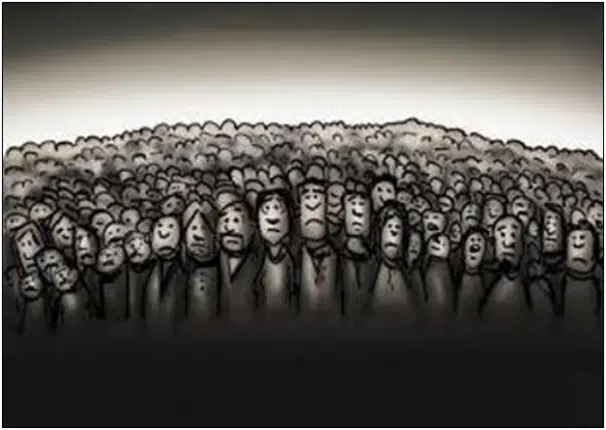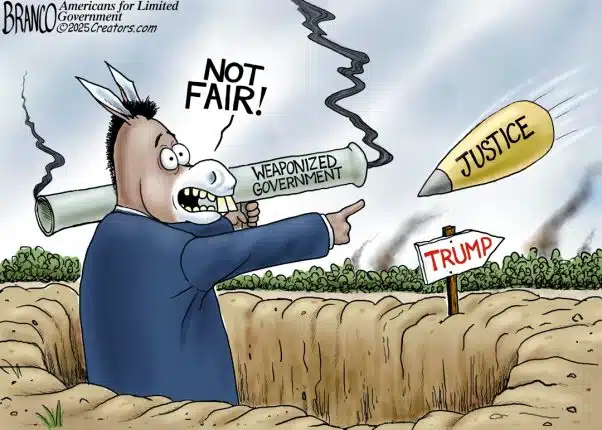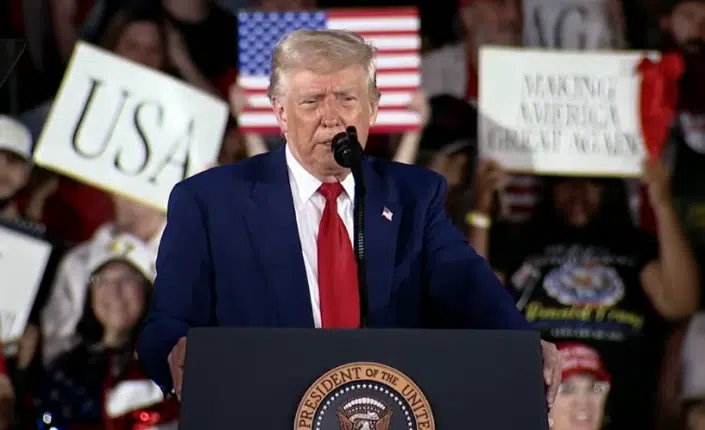 By Robert Romano — At an Oct. 6 news conference, Barack Obama received an interesting question about the radical Wall Street protesters wherein the reporter noted his signing of the Dodd-Frank financial regulatory bill. The journalist observed that the presence of the movement showed the protesters “clearly don’t think that you or Republicans have done enough, that you’re in fact part of the problem.”
By Robert Romano — At an Oct. 6 news conference, Barack Obama received an interesting question about the radical Wall Street protesters wherein the reporter noted his signing of the Dodd-Frank financial regulatory bill. The journalist observed that the presence of the movement showed the protesters “clearly don’t think that you or Republicans have done enough, that you’re in fact part of the problem.”
Obama responded by attempting to reach out to the Wall Street protesters, saying, “the protesters are giving voice to a more broad-based frustration about how our financial system works.”
I write that he attempted to reach out to the protesters, because then he proceeded to defend that very system, saying, “we have to have a strong, effective financial sector in order for us to grow.”
He even defended the bailouts during the financial crisis, when institutions all over the world that bet poorly on U.S. housing were simply given $1.25 trillion by the Federal Reserve. Over $442.7 billion of that even went to foreign banks in Europe, Asia, and elsewhere. The program took place just as Obama came into office, starting in January 2009.
As a U.S. Senator, Obama voted for the $700 billion Troubled Asset Relief Program in 2008, too.
Said Obama, “And I used up a lot of political capital, and I’ve got the dings and bruises to prove it, in order to make sure that we prevented a financial meltdown, and that banks stayed afloat. And that was the right thing to do, because had we seen a financial collapse then the damage to the American economy would have been even worse.”
Pretty clear. Obama does not actually support the protesters’ goals — which includes opposition to the bailouts.
Also of interest was how MSNBC reported on the press conference and the movement itself, writing, “The protesters have varied causes and no apparent demands”. That’s not actually true. They have lots of demands, in fact.
They may not necessarily equate to a coherent ideology yet, and be slightly unfocused, but it does not take that long browsing the groups’ literature to find among their demands a reinstatement of the Depression-era Glass-Steagall Act that separated commercial and investment banking, and that their ire is directed against financial institutions generally.
In its misreporting of the movement, MSNBC is signaling that the establishment is actually not in favor of the protesters’ demands as it relates to financial institutions, and so it is marginalizing any articulation of its agenda, even if one is in fact taking root.
So too when Obama says the U.S. must have a “strong, effective” financial sector for the economy to grow, that’s him sticking up for the established order, sticking up for the megabanks that the bipartisan repeal of Glass-Steagall helped bring about.
Obama would like to believe that the passage of Dodd-Frank might placate these masses — clearly, the reporter didn’t think so — but that’s a fool’s hope. That was the bill that made the financial elites, whom the protesters loathe, that much stronger by institutionalizing “too big to fail.” How?
It established a so-called “orderly liquidation fund,” which is really just an unlimited bailout fund for the nation’s financial institutions. The fund is administered by the Federal Deposit Insurance Corporation (FDIC), and receives financing from assessments levied on 60 bank-holding and insurance companies with $50 billion or more in assets. But the costs are actually borne by consumers of financial products in the form of higher transactional fees.
So, if anything goes wrong, the FDIC-run fund will kick in and the “too big to fail” financial institutions will again be bailed out.
Such a rigged system is indeed frustrating to the American people, who feel like they are being screwed. But, the reporter is right. Obama is a part of the problem.
Robert Romano is the Senior Editor of Americans for Limited Government.






